Consider the following html document:
<!DOCTYPE html>
<html>
<head>
<script type="text/javascript">
alert("Hello")
</script>
</head>
</html>
The result of opening in Firefox, Safari and Chrome is the same in my macbook: an alert message displays "Hello". I was reading this answer to try to understand the behavior of the browers. The main part is:
Since the contents of tags are treated as CDATA, the contents are not parsed and you can store unquoted XML or HTML in the contents (as long as you don't ever put a
</script>tag in the contents, since that will close your element).
Lets try what happens when we see the source in Firefox:

The output in the browser it shows is ") since it thinks that the script tag was closed
inside alert. One way to overcome this in case we really, really want to display "</script>" is to do:
<!DOCTYPE html>
<html>
<head>
<script type="text/javascript">
alert("<"+"/script>")
</script>
</head>
</html>
Now Firefox understands it:

Question:
It is really simple for the parser to check if </script> is the closing part. It does take more
time to check this but it is doable (count the number of quotes before the encounter of </script>. If it is even then it is the closing tag, otherwise continue looking for the closing tag). The question is, is this a rule that we cannot write "</script>" inside javascript? If so, what other subtle rules are out there that I might not be aware of?
The same goes for say php parsers. <?php echo "?>" ?>. I have tested this and php seems to know where the real ?> is located.